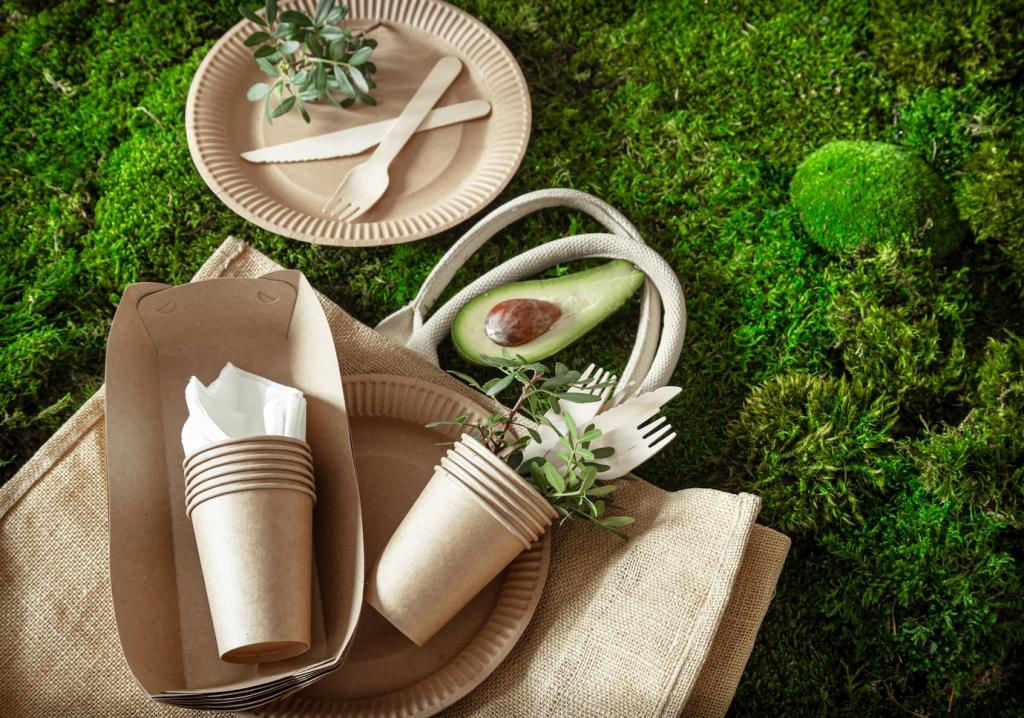Homemade Furniture Scratches Repair: Bring Worn Surfaces Back to Life
Chosen theme: Homemade Furniture Scratches Repair. Welcome to your cozy corner of practical fixes, clever tricks, and feel-good restorations—where small scratches vanish, wood glows again, and every repair tells a story you’ll be proud to share.
Know Your Scratch: Diagnose Before You Repair
Run a fingernail lightly across the mark. If your nail doesn’t catch, it’s a surface scuff; if it snags, the scratch is deeper. This quick test guides whether you’ll polish, fill, or refinish.
Different finishes react differently to homemade repair methods. Oiled pieces love conditioning blends, while lacquer and polyurethane demand careful blending or drop-fill techniques to avoid cloudy halos around the repaired area.
Veneer is thin, so aggressive sanding risks breakthrough. Solid wood forgives light sanding and color blending. Flip the piece if possible and test products on hidden edges before committing to the visible surface.

Quick Kitchen Fixes That Actually Work
Rub a shelled walnut along the scratch, working with the grain. The natural oils and fine particles help darken the mark, softening contrast. Buff gently with a soft cloth and repeat if needed for richer blending.


Quick Kitchen Fixes That Actually Work
Mix three parts olive oil with one part white vinegar. Dab lightly onto a microfiber cloth and massage into scuffs. It conditions dry wood and visually reduces light scratches without leaving a greasy, dust-attracting film.
Filling and Blending: Homemade and Low-Cost Options
Collect fine sawdust from a hidden sanding spot of the same furniture, then mix with wood glue to peanut-butter thickness. Pack it into the scratch, level with a card, let cure, and sand lightly with the grain.
Filling and Blending: Homemade and Low-Cost Options
Choose a wax stick that matches your wood tone, then warm it between your fingers. Press into the scratch, remove excess with a plastic card, and buff. Layer colors if your wood has multiple undertones.


Mask a soft perimeter, then use 600–1000 grit paper to lightly dull only the damaged finish, tapering outward. You’re softening the ridge, not reshaping the surface. Wipe dust between passes to monitor progress closely.

Material-Specific Tips: Laminate, Oiled Wood, and Lacquer
Laminate and Veneer: Repair Pastes Over Sanding
Skip sanding and use color-matched repair paste or a wax stick for laminate. Fill gently, smooth with a card, then buff. Keep liquids minimal to avoid swelling edges or lifting adhesive under the decorative layer.
Oiled Finishes: Refresh Instead of Rebuild
For Danish or tung oil finishes, massage scratches with a few drops of matching oil after light burnishing with a brown paper bag. Wipe off excess thoroughly, then re-oil the whole surface to even the sheen.
Lacquer Drop-Fill: Patience Beats Panic
For narrow gouges on lacquer, use a tiny drop of brushing lacquer to fill, allow to shrink, then level with ultra-fine paper and polish. Work slowly; lacquer layers melt together and reward careful, unhurried passes.

Anecdotes, Wins, and Lessons Learned
01
Hours before a birthday dinner, a reader dabbed walnut, then a touch of gel stain on a table scratch right where the candles would sit. The mark faded beautifully, and the only thing guests noticed was dessert.
02
Another reader tested olive oil and vinegar on the back leg of a cherished chair, then moved to the armrest scratch. The finish warmed, the line softened, and the piece kept its age without looking tired or neglected.
03
A heavy-hand sanding session broke through veneer. The lesson: diagnose first, test gently, and build color slowly. Small, patient passes almost always beat heroic fixes—especially on thin or unpredictable finishes.
Keep Scratches Away: Preventive Care That Works
Add felt pads to chair feet, use coasters religiously, and keep a soft catch-all tray for keys. Build small rituals—wipe, buff, return—that prevent the daily grit and clatter that turn into visible scratches over time.
Keep Scratches Away: Preventive Care That Works
Skip abrasive cloths and harsh chemicals. Dust with microfiber, follow with a barely damp wipe, then buff dry. Monthly conditioning on appropriate finishes keeps surfaces supple and less prone to showing scuffs.


Join our mailing list
